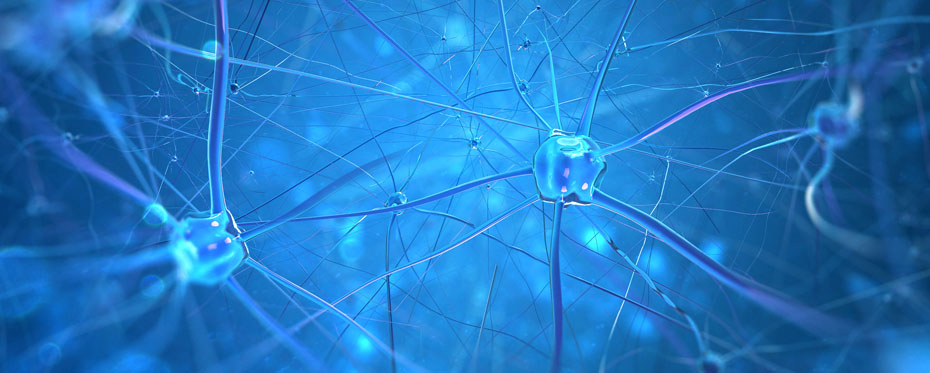
The Science of Zen
A look at Zen, mindfulness and meditation from the perspective of evolutionary psychology and neurobiology.
Why Do Humans Experience So Much Discontentment and Suffering? Is there a Solution?
While life can be full of wonder, joy and fulfillment, too many of us are often overcome with boredom, disappointment, discontentment and even suffering. Why can it be so hard to be a human? Is there a solution?
To explore this, you can watch this video or just continue reading this page. The rest of this page covers the same information as the video does but in written form.
At any point please feel encouraged to sign up for the free “Science of Zen: What is the Self?” training course.
The Source of Pervasive Human Dissatisfaction
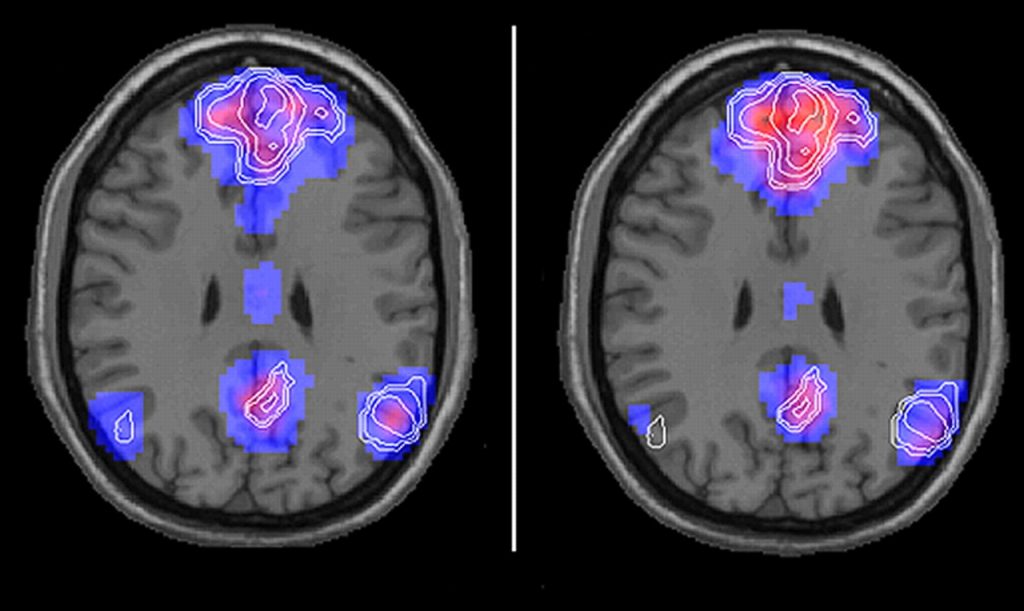
Have you ever wondered why people suffer so much, feel pervasive discontentment, get so easily bored, have unhealthy habits or lack a sense of purpose in life?
Buddhist’s have long understood that the cause of all these problems is an excess of out-of-control self-obsessed thinking and the clinging and grasping that results from this.
Neurobiologists have recently come to understand what the underlying neurological source of this self-obsessed clinging and grasping is: It is the brain’s default mode network.
The brain’s default mode network is the primary culprit in creating pervasive dissatisfaction in our lives.
The Default Mode Network

Before we look at how the default mode network leads to excessive human discontentment, lets take a moment and explore what roles it plays in human cognition.
Some of the cognitive activities the default mode network is in charge of includes:
- The Self – The default mode network is in charge of self-referential thinking. It is the source of concepts regarding our sense of identity. It conceptualizes who we think we are and how we relate to others. It is the basis of our self identity.
- Thinking About Past and Future – The default mode network is responsible for thinking (often worrying) about what will happen to us in future. It uses what (it believes) has happened in the past as a basis for this future-oriented thinking.
- Narrative Thinking – It has the responsibility for figuring out what the “narrative rules” of the world are in terms of what it thinks will keep us safe, what will make us feel good, how to avoid feeling bad. It keeps a “reality map” of the world from a self-referential perspective. Its a collection of the internal stories that we believe about the world in relation to ourselves.
- Clinging/Grasping – The default mode network has extremely strong preferences that the positive and pleasant things/situations in our lives persist and stick around. The world however is a dynamic and changing place and when good things go away, the default mode network is designed to make us feel upset about this.
- Habitual Thinking and Behavior – The default mode network is empowered to highjack our behavior and thoughts and force us to habitually think and behave in ways that are based on it’s ideas on what it determines we need in the future.
The Default Mode Network and the Self

In short, the default mode network is the neurological basis of our narratives about who we are and how the world works. It is also the neurological basis of how we habitually think and behave.
The fundamental problem is that the default mode network’s narrative stories about who we are and what we need out of life are very often based on faulty assumptions about reality . They are too often based on memories that are overly skewed towards negativity to the point of delusion.
Also, just due to the nature of an ever-changing and chaotic world, it is inevitable that the default mode network’s expectations will frequently not be met, which leads to frequent discontentment and often significant suffering in life. We spend too much of our time in trance-like and self-obsessed narrative thinking and worrying. Its a trance that keeps us separate and abstracted from the reality of the present moment
The default mode network is obviously useful from a survival perspective, but if we want to thrive and not just survive, we must find a way to limit it’s out-of-control operation. Obviously it would be helpful to find a way to neurologically down-regulate the default mode network when it is not acting in our best interest.
The Central Executive Network

As we look for a candidate for something that can possibly get the default mode network under control, let’s take a look at another brain network: The central executive network.
The central executive network is in charge of what neuroscientists call “cognitive control”. This basically means that it is in charge deliberately solving short term challenges in ways that do not rely on instincts or automatic habitual thinking and behaviors.
If you are doing tasks such as trying to discover the source of a mysterious beeping in the middle of the night, deciding when to drive to work to avoid rush our traffic or figuring out how to assemble IKEA furniture then you are exercising the problem solving cognitive control functions of the central executive network. You can think of this as a sort of “free will” because deliberation and reason are involved in deciding how to perform tasks.
Since this brain network is so good at analyzing and solving problems in a deliberate and self-controlled manner, it seems logical that it would be the perfect tool for the job of controlling the habit-based and frequently out-of-control default mode network, right? Wouldn’t reason and logic be the perfect antidote to out-of-control and excessive self-referential worry? Wouldn’t deliberate problem solving override delusional assumptions about ourselves and the world we live in?
Unfortunately it is not that simple…
The Central Executive Network Has Almost no Control Over the Default Mode Network
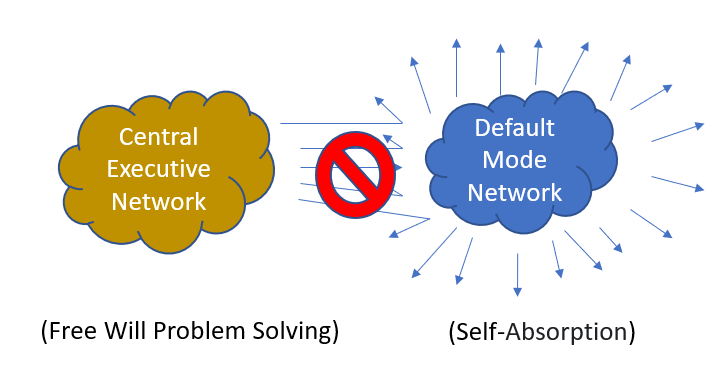
As it turns out, the problem-solving central executive network has a surprisingly small amount of control over our default mode network. This is why we can’t simply decide the “think away” most of our problems.
For example, one might find themselves worrying about something that may go wrong in the future. The analytical central executive network might analyze the situation and realize that a bad outcome is unlikely and that it is a waste of time to worry. Unfortunately, the default mode network can often decide, despite our desires, to ignore the central executive network’s analysis and do whatever it wants. If it wants to worry needlessly there is very little that the central executive network can do about it.
The default mode network will also often override our deliberate desires to act in certain ways. For example, the central executive network might analytical determination that eating too much cake is bad for you. Again, if the default mode network decides it wants excessive cake, its likely going to get what it craves. The central executive network is very likely to fail in its attempt to use reason and logic in its attempt to control habitual behaviors such as eating too much cake even when we know better..
Generally we can not “think away our problems”. We can rarely reason our away out of habitual behavior.
If the Central Executive Network Can Not Control the Default Mode Network, Is there a Solution?
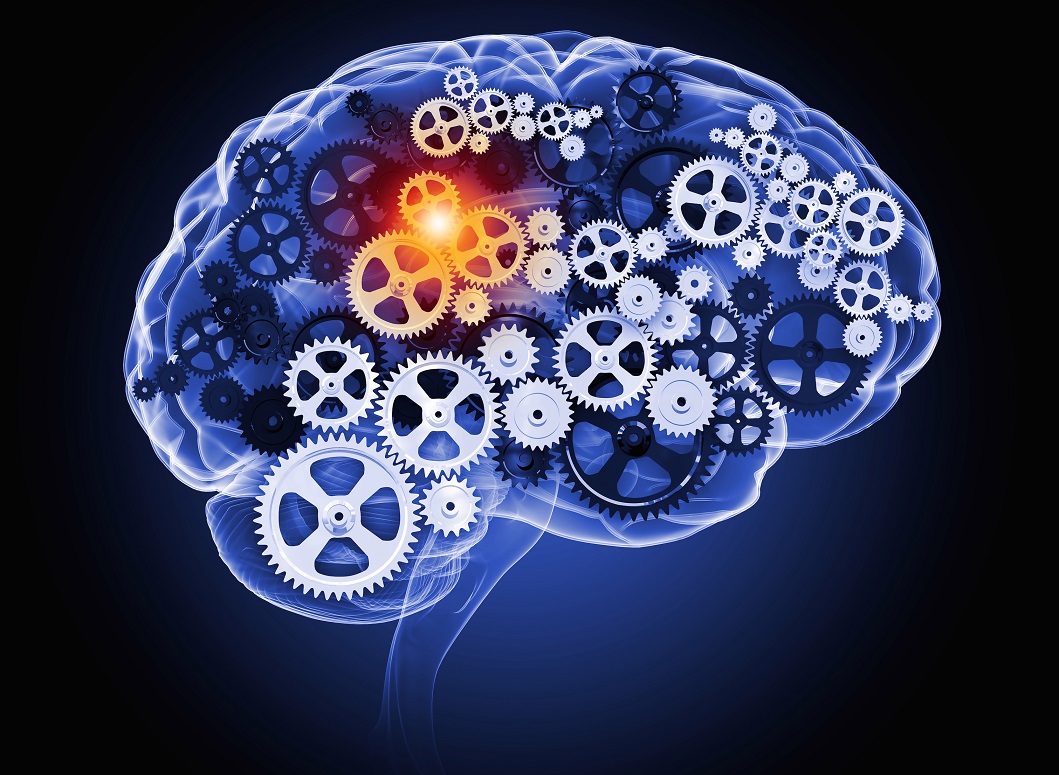
Indeed there is a solution. The solution to our excessive self-obsession and habitual thinking and behavior is to live life with our attention firmly planted in present moment awareness.
Its all about states of mind:
- To have our attention firmly focused on the present moment is a state of mind.
- The trance-like thinking mode where we excessively ruminate about our lives or act habitually is also is also a state of mind.
These two states of mind are like a seesaw. When one is happening, the other diminished. It is an actual biological fact that they can not both be active at the same time. When we are engaged with present moment awareness, our self-referential thoughts are naturally quieted and we get relief from thought-generated suffering. This is how we are designed and we can leverage this design to experience lives of significantly less suffering and discontentment.
Also, when we are abiding in present moment awareness we are much less likely to get carried away by habitual thoughts and behaviors. We are more likely to see with world as it really is and with fresh eyes. We are less influenced by the default mode network’s (often erroneous) assumptions about ourselves and the world we live in.
The neurological basis for this present moment awareness is the dorsal attention network, which we will look at next.
Introducing the Dorsal Attention Network

The Dorsal Attention Network is in charge of present-moment-awareness.
When we are aware of something happening in the present moment, our dorsal attention network comes online and directs this cognition. The object of attention may be external or it can be internal thoughts and feelings.
Since it is active in the midst completing a task that requires present moment awareness, it is sometimes called the “task positive network”.
When the dorsal attention network is active, we are “in-the-moment” and our awareness is focused on what it both physically and figuratively right in front of us.
The Default Mode Network and the Dorsal Attention Network Compete With Each Other For Control of Awareness
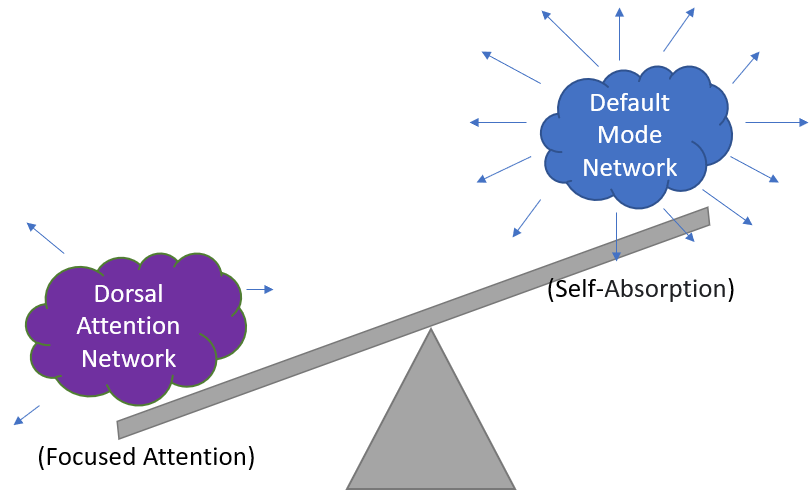
It was mentioned earlier that the present moment awareness is a state of mind and trance-like self-referential thinking is a also a state of mind and only one of these states of mind can be active at one time. This made possible by a very useful quirk of our physiology in that the default mode network and the dorsal attention network can not both be active at the same time. They work at odds with each other for control over our awareness.
Like a Seesaw, When the Default Mode Network is “Raised Up” and Active, the Dorsal Attention Network is “Lowered” and Inactive. When the default mode network is active the brain is free to daydream, fantasize, worry, time-travel, crave and force habitual thinking and behaviors.
The Dorsal Attention Network and the Default Mode Network are Anti Correlated
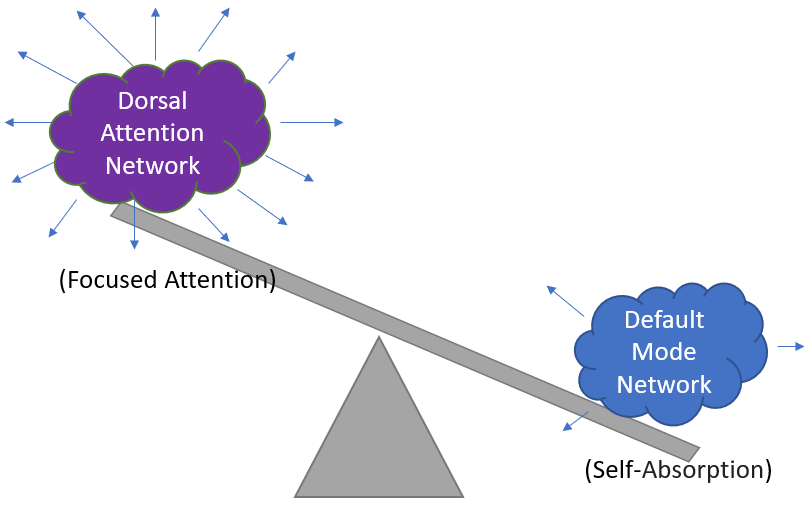
When the dorsal attention network is active, the mind is in a state of present-moment-awareness and in a stance of receptivity and mental flexibility. Since this shifts down the default mode network, mental time travel, craving and habitual thinking and behavior are all shut down.
This anti-correlation between the attention and self-absorption centers of the brain is the core driver of how Zen, mindfulness and meditation works. This, by-design, aspect of our physiology is the dynamic by which lives can be transformed and human discontent can be greatly reduced and perhaps even nearly eliminated.
Living an open, receptive and equanimous life becomes simply a matter of increasing the amount of time that the dorsal attention network is in control. It is about living primarily in present-moment-awareness.
The more mindful we are, the less we have self-referential worries about the future, the less we get upset when life does not go the way we crave it to and the less we are driven into habitual thinking and behavior.
People Love Taking a Break From The Default Mode Network

If this seems a little too abstract, it might be useful to consider that most people do things that shutdown the default mode network via awareness all the time in order to get a break from the onslaught of self-referential thinking. Activities such as reading, consuming entertainment, social media, dancing, participating in sports and playing music all are activities that sharply curtail the activity of default mode network. Indeed one of the biggest appeals of all of these activities is that they give a moment of respite from worries and boredom and we have seen that these feelings exist due to the default mode network itself.
Of course, all of those activities that quiet the default mode network are only temporary respites and many of them can cause their own escapist problems, but they illustrate how much people enjoy breaks from the relentlessness of the default mode network. Escaping the default mode network is a multi-billion dollar business!
Luckily there are other more effective, healthy and lasting ways to quiet down the default mode network.
How Can We Spend More Time in Present Moment Awareness and Less Time in Default Mode Self Obsession?

The first step towards bringing mindfulness into our lives is to simply decide to be deliberately and purposefully try and be aware.
Note that this did not say something like “decide to not self-referentially think, crave or act habitually”. Remember that the “deciding” and “problem solving” part of the brain is the central executive network. It has a miserable time of directly trying to change the thinking, craving and automatic behavior of the default mode network, but it can indirectly do this by invoking present moment awareness. It can not decide to simply keep the brain from self-ruminating, but it can decide to pay attention. Deciding to pay attention actives the dorsal attention network. This automatically shuts down default mode network.
The process basically works like this:
- The central executive network decides to pay attention to the current moment.
- This causes the dorsal attention network to come online and the default mode network automatically goes off line because they are physically unable to both be online at the same time.
- With the default mode network sidelined, we naturally have less worry, craving and automatic thinking.
The Default Mode Network Strikes Back

In early stages of practice, the switch from default mode to present moment awareness mode typically does not last vey long. For most people, the default mode network will quickly reengage if there is nothing that is grabbing our our attention. If someone is in the midst of life circumstances that are very stressful or upsetting the switch back to default mode will be almost instantaneous.
This is fine. When this happens, the central executive network can simply decide again to purposefully refocus attention in present moment awareness. Then again and again and again.
This “manual” continuous reengagement of mindfulness can be very helpful in two ways. The first way is that if we do this frequently will can use it tactically to stay present when our minds start spinning off out of control. Its a good way to break cycles of worry and habitual behavior. Sometimes just a few moments of clarity can make a big difference.
The second way that continuous reengagement of present moment awareness via deliberate activation of the dorsal attention network is helpful is that slowly, over time, we start changing our brains in very important ways that allow mindful awareness to engage on its own without the need of a purposeful and willful decision to do so.
This continual reengagement of awareness training is called meditation and it involves yet another brain network called the salience network.
Introducing The Salience Network

The salience network is the brain network that is in charge of quietly running in the background while scanning our bodies and the world around us for events and information that might be useful to know about. You could say its the “sensory traffic control” part of the brain.
If nothing of importance is happening in the current moment, it lets the default mode network continue to use this downtime to worry, daydream, fantasize or think/act habitually.
If something does happen that requires immediate attention, it shuts down the default mode network and turns on the dorsal attention network in order to pay attention to what has just happened.
We have seen how the central executive network can willfully decide to pay attention. Scientists call this “top down awareness control”. But when the salience network stops self-referential thinking and invokes attention, this is called “bottom up awareness control”. It is present-moment-awareness that does not require a conscious decision to invoke. The subconscious salience network can involve awareness without us deciding it needs to happen.
The Salience Network Invokes Awareness When Something Important Happens
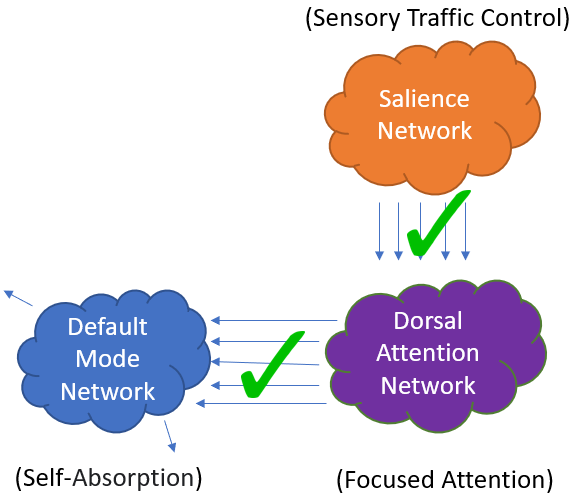
Let’s look at the sequence of events that allows the salience network to highjack awareness and control attention on a normal and regular basis:
- The salience network (traffic control) notices something worthy of attention and activates the dorsal attention network (which is in charge of focused attention)
- When the dorsal attention network comes on line, the default mode network automatically goes off line because they are physically unable to both be online at the same time.
- The mind is now naturally in an alert and “mindful” mode of operation.
Meditation Trains the Salience Network To Invoke Awareness Even If Nothing “Important” is Happening
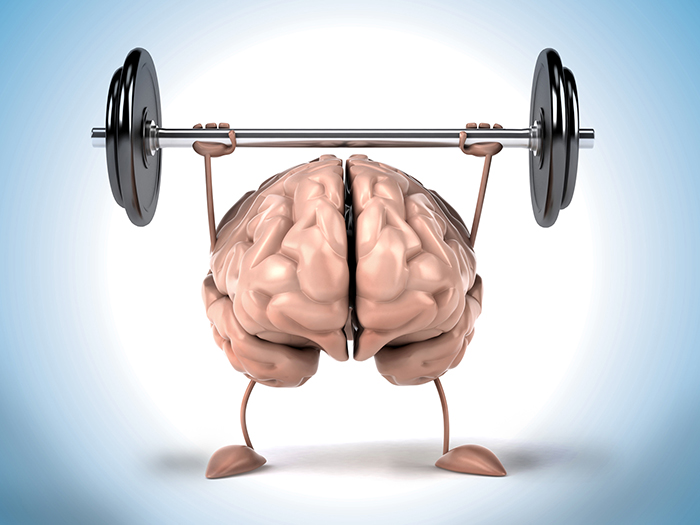
Perhaps the most fascinating insight that has emerged out of the scientific investigation into mindfulness is that when we look at brain scans of experienced meditators, we find that even at a “resting state”, their default mode networks are very quiet. Normally an external or internal “important alert” is needed switch from default mode to alertness. By contrast, experienced mediators have buffed up their salience network in a way that allows it to maintain relaxed alertness just out of habit.
Another scientific finding explains how this is accomplished: Meditation actually physically changes the salience network in ways that cause it to keep present moment awareness active more of the time. These physical changes include increased size and folding of key salience network brain regions as well as improved connectivity to other brain regions.
The primary point to comprehend here is that these are physical changes. The life changes that emerge from Zen practice do no not come from adopting a new philosophy or having a new psychological outlook on life. They come from the repetitive exercise of focusing awareness during meditation and the resulting physical changes in the brain. An analogy can be made to weightlifting. Your muscles do not get stronger through any sort of thinking, you need to physically lift heavy weights to change the muscle’s size and structure. In the same way, the salience network is not buffed up via any sort of thinking, it too requires repetitive exercise to have it’s physical size and structure changed. This repetitive exercise is meditation.
Zen practice is not the adoption of new ideas to replace old ones. This would be like trying to wipe away oil with more oil. Instead of adopting a new way of thinking about the world, Zen practice changes our relationship to thinking itself. Its a change of the very way we exist in the world. It is a transformation of how awareness functions in our lives.
Other Ways Meditation and Mindfulness Change the Brain
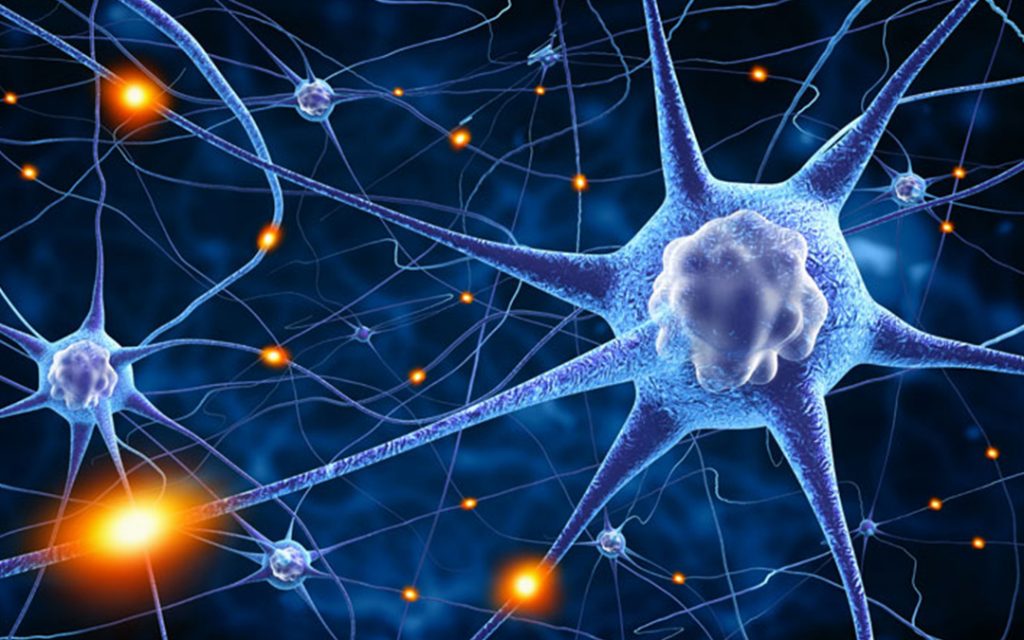
The ability for the brain to change its physical structure and functioning in an enduring manner based on its experiences is called “neural plasticity”. As we have seen, the primary way the mindfulness and meditation changes our brain via neural plasticity is the strengthening of the salience network.
Importantly, this is not the only neural plastic change to the brain that is the result of mindfulness and meditation. Scientists have discovered many others. Some of these discoveries are:
- Practice helps us relax and have less stress
- Practice allows us to physiologically have less generalized fear in our lives
- Practice helps us feel physical and emotional pain with much less intensity enabling us to experience life with much more equanimity
- Practice helps us have more resilience that allows us to “bounce back” quicker when upset
- Practice helps us have more objectivity which allows us to catch and stop ourselves from acting habitually to life’s stresses
In short, scientists have found in study after study that meditation has significant positive benefits to our lives and that these benefits are lasting and permeate our lives even when we are not actively meditating.
Stopping to Smell the Roses

So far we have seen how Zen and meditation practice can reduce pervading discontent in our lives. But this is not the only part of the story. Zen does not just bring us from a state of distress to boring neutrality, it allows to see the vibrancy and compelling immediacy of life as it is in any particular moment.
When we are ensnared by time-traveling and trance-like self-oriented thinking, we will often find ourselves just kind of drifting through life in a gray fog of escapism and day dreaming. We can get lost in the dreariness of daily routine and barely notice as life flies by. Have you ever caught yourself thinking something like, “Wait, Christmas is next month? Wasn’t it just Christmas?”.
When we live more from a basis of present moment awareness, we are much more likely appreciate the richness and vibrancy of life on a day to day basis. Even mundane and normal activity can be infused with a depth of satisfaction and fulfillment that might be otherwise missed. Each moment increases in vibrance and importance. With less “self” to occlude the view, we see what life really is. We feel more free and less constrained by self-imposed limitations. We have more life fulfillment and a better sense who we are and our place in the world.
It is the actualization of the preverbal “stopping to smell the roses”.
Perhaps this sections comes across as overly sentimental or even a bit “woo woo”, but once again, all of this is backed up by scientific research. Neuroscientists have discovered that when a person experiences “awe”, the default mode network has shut down so that this uplifting experience can be fully processed. As Zen and mindfulness practice deepens and the default mode network’s activity is lessened, our capacity to be awe-inspired by each moment of life is physiologically increased.
A More Compassionate and Connected Life

Another advantage of Zen and mindfulness practice is that a life that isn’t ruled by constant self-referential thinking and habitual behavior is a life where we feel more connected to and compassionate towards everything around us. The brain circuits for compassion, empathy and connectedness all are strengthened via neural plastic changes brought about Zen meditation. Our perception of life switches from what scientists call “egocentric perception” to “allocentric” perception. Our perception switches from self-referential processing to processing the world as a whole. We see life less through self-focused based perception and more from a holistic and relationship-based perspective. This is a more connected view of life.
The more we can abide in present moment awareness without the gravitational pull of a worrying “self”, the less we are obsessed with our own needs and the more we can live a life of service.
But Doesn’t Zen Tell Us That There is Nothing to Gain?

Anyone with and even cursory interest in mindfulness or Zen may have encountered the idea that there is “nothing to gain” in practice.
If this is true, how does this square with what we have just seen regarding the evidence that meditation can make significant and lasting alteration in our brain’s structure and connections? Isn’t this “gaining” something?
The important point to understand regarding this is that from an experiential point of view, we are not gaining anything new at all from this underlying neurological transformation. We are simply optimizing what is already part of us. And if anything, we “lose” more than we gain in this process. We lose an entrenched and overly constricted view of who we are and how the world works.
Lastly, it is worth noting that what we traditionally experience as being “ourselves” is really is just activity in the default mode network. This “self” is not doing or gaining anything in the course of this practice other than deciding to get started. In fact, the idea of who we think we are is what is being diminished.
What Zen practice offers is a fundamental neural realignment that helps transcend all pervasive discontent and dullness of life by rooting out the cause: An out of control default mode network that artificially limits who we are and how we see the world.
But What About Enlightenment?

Enlightenment is a somewhat crude translation of the Sanskrit word “Bodhi” which can be more accurately described as “Awakening”. It is considered an awakening from the illusionary view of what we think our “self” is and what we think we need to be happy. Buddhism in general and Zen in particular puts alot of emphasis on the pursuit of this awakened wisdom.
The problem with talking about Zen and Awakening in a general manner is that from the very beginning of the tradition there has been intense debate about what actually constitutes Awakening. Some argue that it can be achieved gradually and some argue that it needs to come as a sudden shift in perspective. Some say it is a combination of both of these.
Debating this point is beyond the scope of this presentation, but it is important to point out that at some point a practitioner must make the shift to where they embody the experiential wisdom of Awakening. This is the wisdom of seeing that the way our minds construct our experience of reality does not actually represent objective reality as it really is. Our internal construction of reality through our senses will always be an abstract simulation of the world. The dualistic conceptual model of the world that our minds create is just a survival tool. Its not actual reality.
When we truly embody this truth and see what our life actually is, then we are no longer caught by our internally constructed abstract model of reality and can live in the boundless freedom of our true natures. There is even a threshold with this type of Awakening where even fear of illness, old age and death evaporates.
Is it Necessary to Understand and Remember all this Neurobiological Information to Meditate?

The easy answer is, no, of course not. It is not necessary at all. People have been meditating and reaping these benefits for thousands of years before we even began to have an understanding of how neurobiology functions.
Besides simply being interesting, the biggest value in these types of investigations are if they motivate us to begin and then continue meditation practice.
The honest truth is that meditation and a dedication to its practice is sometimes hard and it is not always obvious that it is worth the effort at the beginning stages of practice. For some of us, it can be motivating to see actual scientific information that makes it clear how the process works and that it does in fact work. Not everyone will need this type of motivation or resonate with a scientific view of practice, but it can certainly be helpful and motivating for a lot of us.
To Sum Everything Up
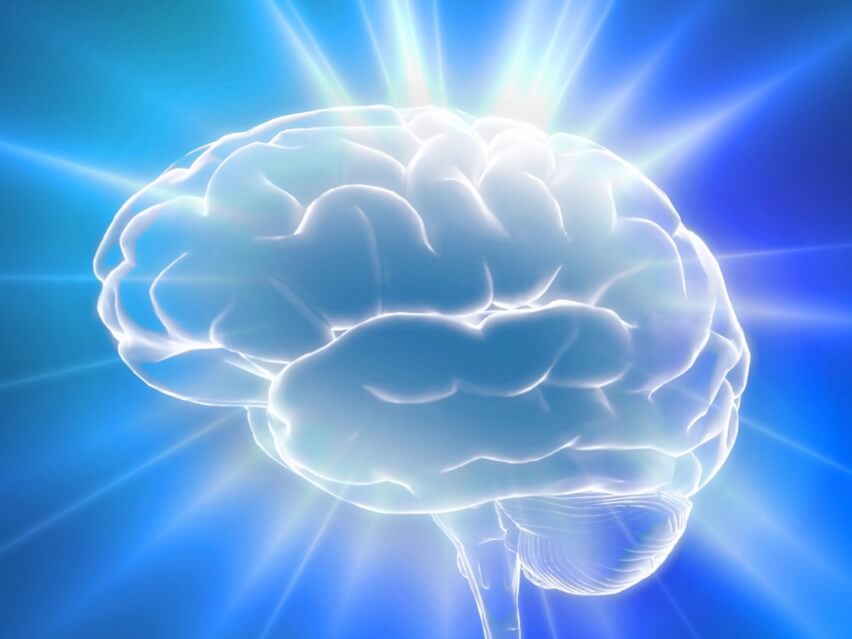
We have covered a lot of information so let’s take a moment to review what we have covered so far:
- Humans frequently feel dissatisfaction with life because a powerful a brain network called the default mode network shapes who we think we are and generates intense expectations about what it thinks must happen for us to feel safe and happy.
- The default mode network spends an inordinate amount of time being upset when it’s expectations are not being met or worrying that they may not be met in the future.
- The default mode network also forces us to think and act in habitual ways that often cause unnecessary problems and drama in our lives.
- The brain network that is in charge of purposeful analysis and problem solving (the central executive network) is almost completely incapable of direct control over the default mode network. As a result we can rarely think away our problems and find it very hard to avoid habitual behavior.
- Luckily, it is possible for central executive network to indirectly rein in the default mode network by invoking the brain network responsible for present moment awareness. Default mode habitual rumination and present moment awareness are anti-correlated. When one is active, the other is shut down. Invoking present moment awareness indirectly shuts down the default mode network’s ability to crave, worry and behave in a habitual manner.

- In early stages of practice it is necessary to tactically and purposefully invoke present moment awareness to shut down the default mode.
- With lots of meditation practice, a brain network called the Salience Network gets physically strengthened to the point where it just naturally invokes present moment awareness most of the time without us even having to try.
- This neurologically increases our ability to experience awe and satisfaction in even the most mundane aspects of life. We develop a deep equanimity that can withstand the ups and downs of life.
- A decrease in the default mode’s dominion also strengthens the brain circuits that are responsible for feelings of compassion and connection.
- There are also many other scientifically validated benefits of meditation such as more stress control, less fear, decreased experiences of pain, more “bounce back” resilience and more natural objectivity in thinking.
- At some point in our practice, we begin to embody the experiential truth that our experience of reality is just an abstract simulation. When we see this abstraction for what it is, we are no longer caught and controlled by it and experience an Awakened life.